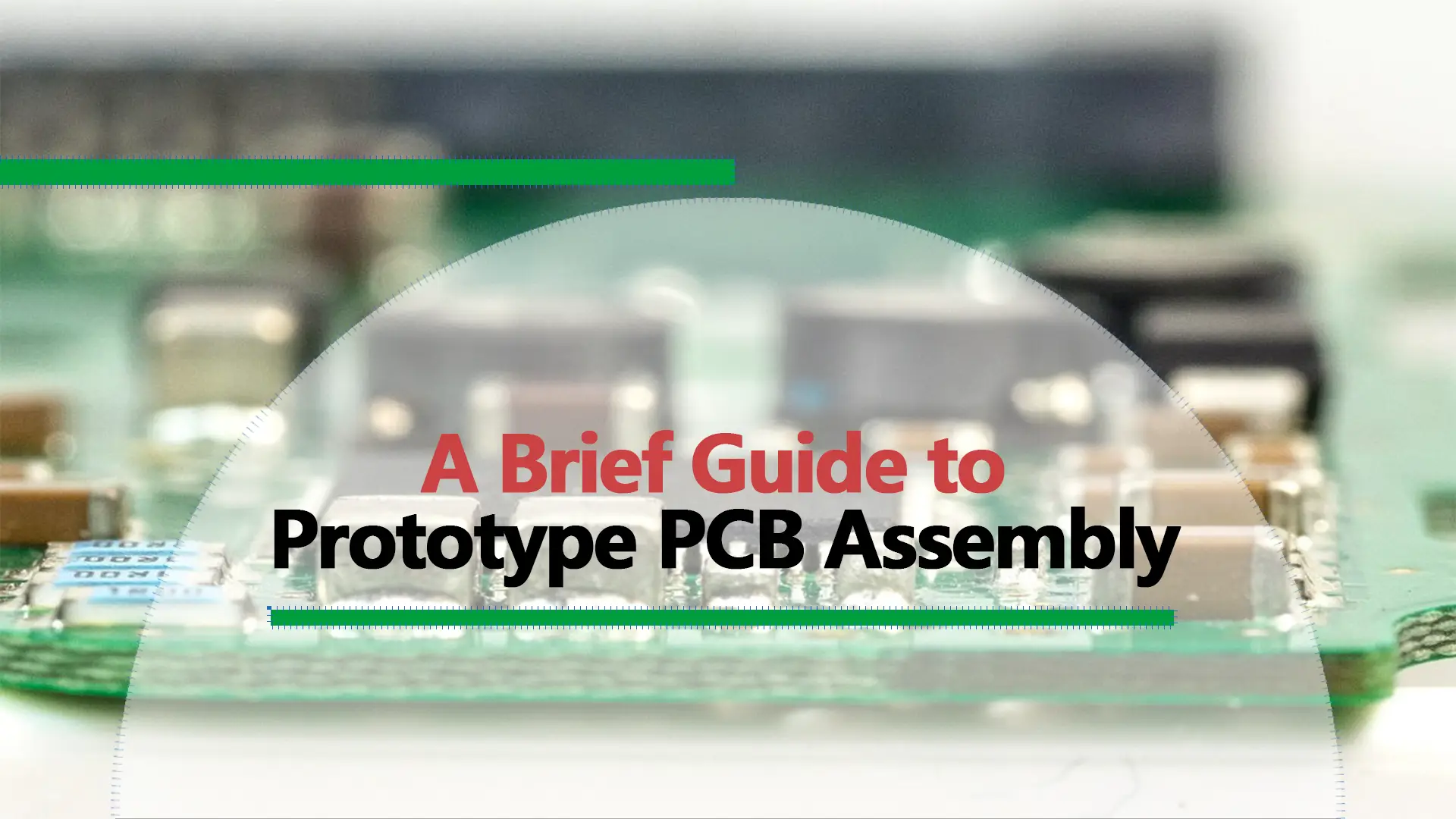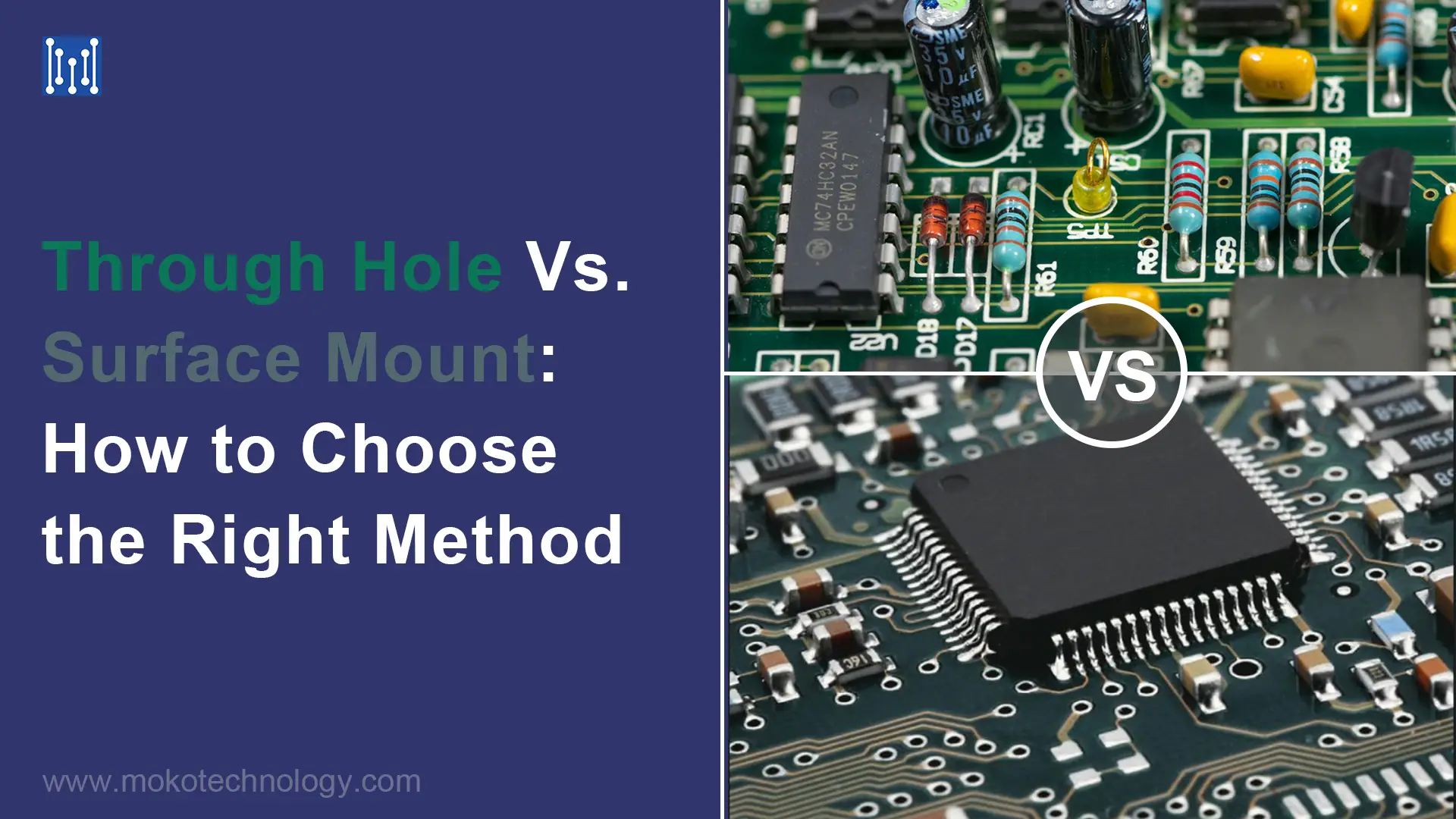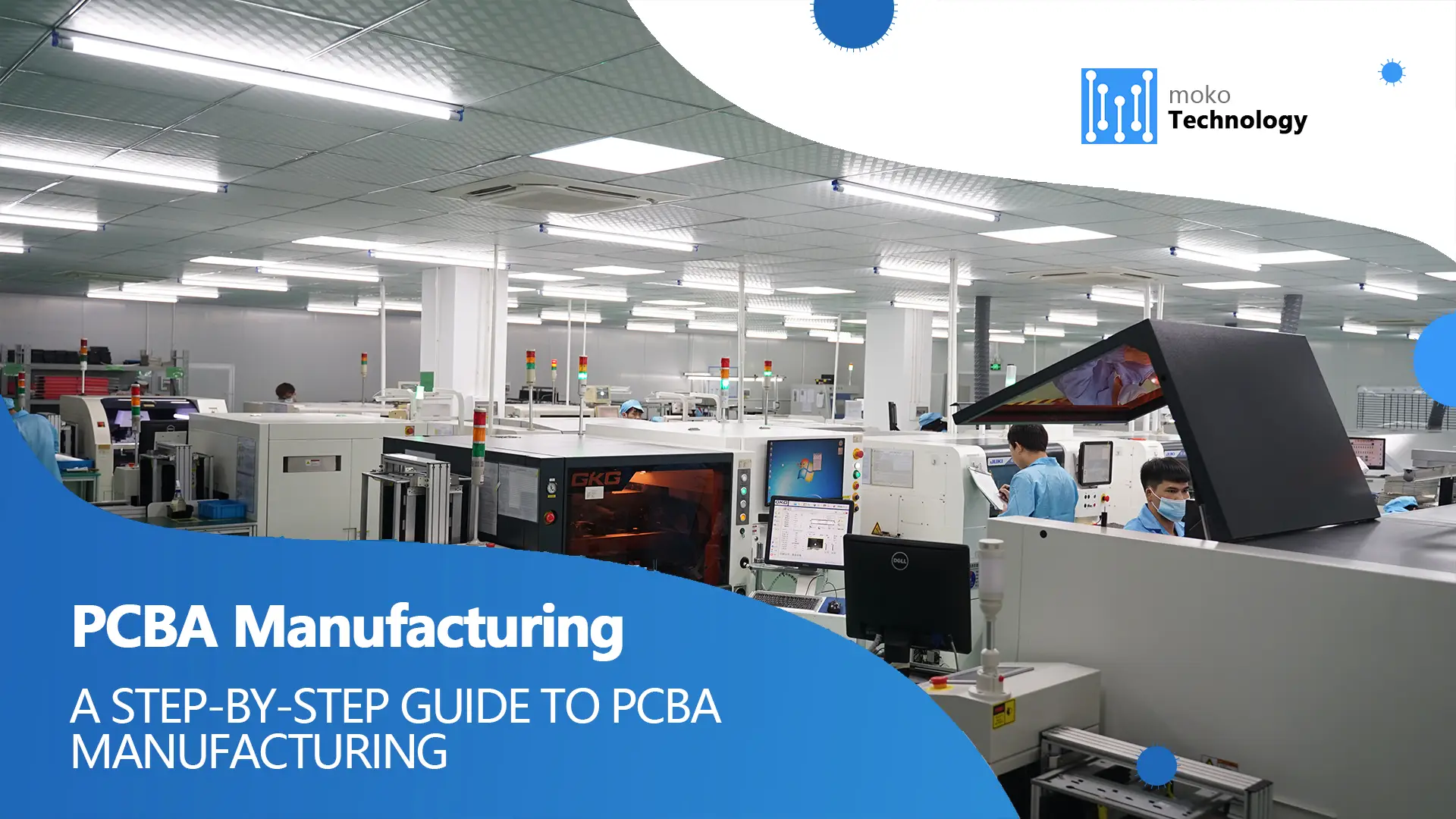I’m pretty sure that auto-insertion machines expect to set pins to the desired orientation by pushing in on them from the outside.
If the part is gripped from the outside and squeezed just far enough for the pins to enter the holes, while the part is being squeezed, the elasticity of the pins will usually cause it to “grip” the holes as soon as they’re released. Such gripping behavior may help keep the parts from being dislodged before wave soldering is complete.
Read More: IC Package Types: How to Choose the Right One?
#PCB Assembly



